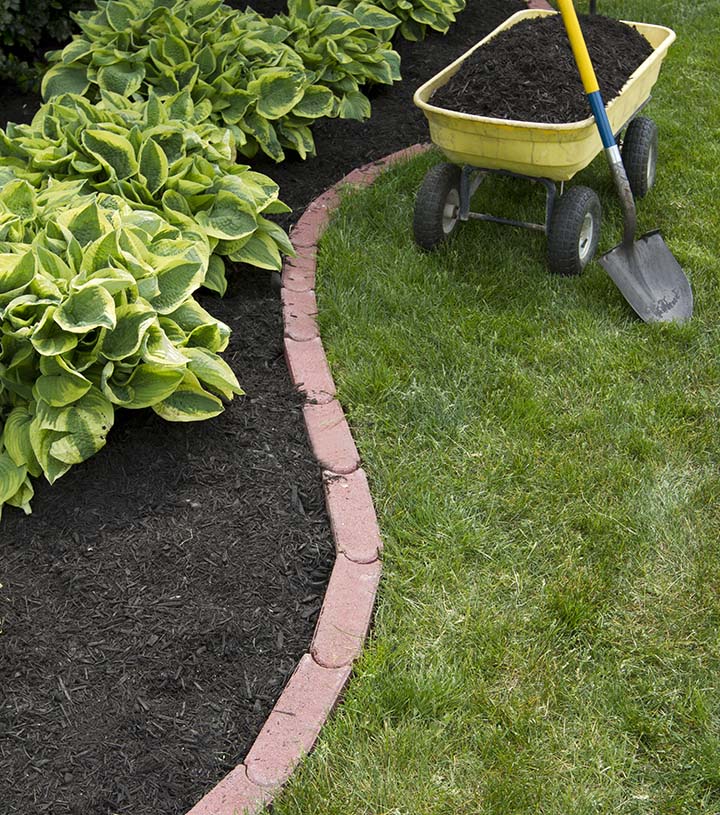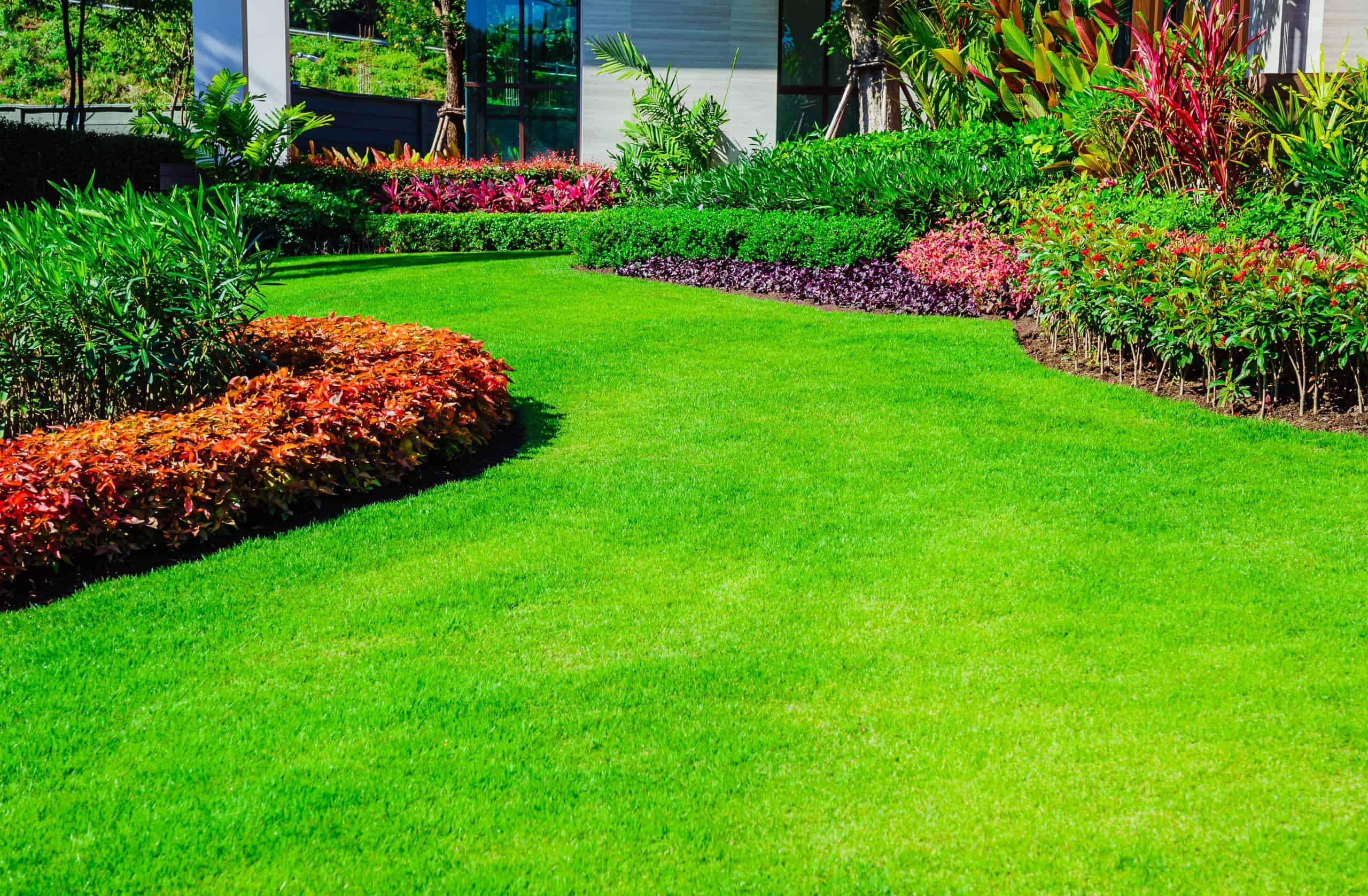Explore cutting-edge property maintenance technologies revolutionizing how Suffolk County property owners manage their investments efficiently and cost-effectively.
Share:

Summary:
Smart buildings, also known as intelligent buildings, are equipped with a myriad of smart systems and automation technologies. They are an integral part of the IoT ecosystem, designed to collect, analyze, and act upon data that was once manually gathered. These buildings typically feature a network of sensors attached to equipment such as HVAC systems, lighting fixtures, water heaters, and other appliances throughout the premises.
These sensors continuously collect and analyze data on the performance and functionality of various fixtures, allowing building teams to focus on other essential tasks. The information gathered enables building managers to schedule maintenance based on actual usage rather than arbitrary time intervals, ensuring that maintenance efforts are more effective and timely.
For Suffolk County property owners, this technology addresses the unique challenges of Long Island’s climate while providing measurable operational improvements.

IoT applications in the property management environment can help save money by reducing maintenance costs and improving overall building performance. They can help real estate companies and construction managers monitor equipment pressure, make necessary changes, and automate critical tasks. The insight gained from these wireless sensors and other smart appliances will lead to lower maintenance and replacement costs.
IoT sensors collect information about how well critical devices in your building management system are operating. This data can help you track the operating hours of heat pumps and on-demand equipment like compressors so that maintenance stays on schedule. Alternatively, you can use performance information to predict and schedule maintenance to maximize equipment life and minimize systems’ downtime.
The real game-changer for Suffolk County properties is early problem detection. In some cases, you can even spot potential problems early on and then intervene to prevent equipment damage and limit disruption for your tenants. This is particularly valuable given Long Island’s challenging weather conditions that can accelerate wear on building systems.
IoT remote monitoring uses connected sensors, devices, and systems to remotely observe, manage, and optimize various aspects of a building’s operation. It enables building managers and owners to monitor environmental conditions such as temperature, humidity, and air quality, track energy usage and identify opportunities for efficiency, and detect and respond to equipment failures or malfunctions in real-time.
Consider the practical applications for your property. Temperature sensors can automatically adjust HVAC systems based on occupancy and weather conditions. Humidity monitors help prevent mold issues common in Long Island’s coastal climate. Water leak sensors provide instant alerts before minor issues become major flooding disasters.
Smart buildings are integrating AI-powered systems and IoT sensors to automatically optimize energy usage, reduce waste, and monitor environmental conditions in real-time, cutting operational costs by up to 40%. Property management technology is evolving to include predictive maintenance tools, automated sustainability reporting, and centralized cloud platforms that help managers track carbon footprints and meet green building certifications. These technologies create more efficient operations while improving tenant experiences through mobile apps for building controls and services, ultimately increasing property values and attracting environmentally conscious tenants.
The financial impact is substantial. Energy costs represent a significant portion of property operating expenses, especially in Suffolk County where seasonal temperature extremes drive HVAC usage. Smart systems learn your property’s patterns and optimize accordingly.
Energy efficiency has long been at the core of building management system implementation. IoT technology can identify critical areas of energy wastage and cost minimization, creating smart energy solutions. You can use the sensor-generated data at the building level to optimize and regulate HVAC equipment. By making relevant adjustments, you can save on both energy and costs.
Beyond immediate cost savings, these systems provide valuable data for long-term planning. You’ll understand exactly how your property uses energy throughout different seasons, enabling strategic upgrades and improvements. The fine-grained data your building management system collects from IoT sensors also provides valuable information about the sustainability of your building and its operations. Data from multiple sensors can help you measure the impact of, for example, improving the insulation in part of a building, providing actionable information on how rolling out similar upgrades will affect energy savings on other buildings.
This data-driven approach transforms property management from guesswork to precision. You’ll make informed decisions about equipment upgrades, energy efficiency improvements, and operational changes based on real performance data rather than estimates.
Want live answers?
Connect with a Rolling Hills Property Services Inc expert for fast, friendly support.
Predictive maintenance is an advanced approach that leverages data analysis and technology to anticipate when equipment or systems will require maintenance, allowing property managers to address issues before they lead to costly breakdowns or disruptions. By monitoring the performance of assets through sensors, historical data, and machine learning algorithms, predictive maintenance anticipates when components might fail, enabling proactive interventions and optimizing maintenance schedules. This concept is reshaping the future of property management by revolutionizing asset management strategies.
The shift from reactive to predictive maintenance represents a fundamental change in property management philosophy. Instead of waiting for equipment to fail, you’re preventing failures before they occur.
The use of IoT technologies also facilitates predictive maintenance of technical equipment. Real-time operating data collection allows for setting up alarms to anticipate anomalies before they cause breakdowns. Technicians can intervene at the right time, reducing maintenance costs. IoT enables a shift from corrective maintenance (fixing what’s broken) to predictive maintenance (anticipating breakdowns).

One such advancement is digital twin technology. A digital twin is a virtual replica of a physical building that connects to sensors that send a consistent stream of real-time data, including occupation, energy consumption, temperature, humidity, foot traffic and maintenance needs. Combined with information gathered from tenants, these virtual models accurately represent a building’s life span and status. Property managers can use this to predict maintenance needs and issues before they occur.
Digital twins represent the cutting edge of property management technology. Digital twin technology creates a detailed virtual version of a physical property, covering structures, systems, and even tenant behavior. Unlike basic 3D models, digital twins pull in live data, giving you a real-time window into your property’s performance. Property managers can test scenarios — such as changing energy use, scheduling maintenance, or planning emergency drills — without disturbing the actual building. This approach helps you spot problems early and make smarter choices.
For Suffolk County properties, this technology is particularly valuable for seasonal planning. For example, you can model how installing better windows affects heating bills over time or practice fire evacuation plans virtually. Given Long Island’s extreme weather variations, being able to test different scenarios digitally before implementing changes saves both time and money.
Digital twins create live virtual models of properties, letting managers test upgrades, schedule maintenance, and solve issues before they happen. This reduces downtime and unexpected costs. The technology transforms property management from reactive to proactive, allowing you to optimize operations based on comprehensive data analysis rather than assumptions.
The practical applications are extensive. You can simulate the impact of HVAC upgrades, test different maintenance schedules, analyze traffic patterns, and even model emergency scenarios. This level of insight enables more informed decision-making and better resource allocation.
Automated rent payment reminders, online maintenance portals, and convenient rent collection apps are built-in to improve the landlord-tenant relationships. Modern property management extends beyond building systems to encompass comprehensive communication and service delivery platforms.
While tenant portals have existed for years, the latest trend centers on complete platforms that cover maintenance requests, rent payments, community engagement, and local service info. These platforms gather tenant needs into one convenient spot, making communication smoother and boosting resident satisfaction. They also analyze tenant preferences and tailor messages and offers accordingly, encouraging longer leases and happier communities.
The benefits extend beyond convenience. Tenant apps and self-service portals enable 24/7 management of work orders, payments or queries, improving responsiveness. This is crucial for Suffolk County properties where weather-related issues can arise suddenly and require immediate attention.
With more and more businesses shifting to hybrid work schedules, both offices and homes need to be set up better to manage remote working. IoT-enabled technology can help your building management system adapt. While IoT systems may already be enabling 24-hour access to your facilities, allowing your corporate tenants to provide remote “as-needed” access to the building as well as book parking spaces and conference rooms ahead of time can help cut costs and protect profitability at a time when many businesses are reducing their footprints. Allowing residential clients to open doors for workmen or deliveries or to activate heating or air conditioning remotely is also a valuable convenience for today’s on-the-go lifestyle.
These platforms also provide valuable data insights. You can track maintenance request patterns, identify recurring issues, and optimize service delivery based on actual usage data. This information helps you make better decisions about vendor selection, inventory management, and preventive maintenance scheduling.
The integration capabilities are particularly important. Modern platforms connect maintenance requests directly to work order systems, automatically schedule routine services, and provide real-time updates to all stakeholders. This level of integration eliminates communication gaps and ensures nothing falls through the cracks.
Technology adoption stands out among the defining property management trends of 2025, with efficiency ranking as property management companies’ second-highest priority. Having the right processes and systems in place is particularly important as companies focus on expanding their portfolios, keeping costs down, and improving the customer experience.
The technology landscape is evolving rapidly, but the core benefits remain consistent: reduced costs, improved efficiency, and better tenant experiences. For facility managers and property managers on Long Island, the benefits are clear: improved operational efficiency, reduced costs, enhanced sustainability, and a better occupant experience. By embracing smart building technologies, you can transform your properties and stay ahead in an increasingly competitive market.
Success requires thoughtful implementation rather than adopting every available technology. Start with solutions that address your most pressing challenges—whether that’s energy costs, maintenance inefficiencies, or tenant communication gaps. Build from there as you see results and gain experience with these systems.
For Suffolk County property owners ready to embrace these technological advances, we at Rolling Hills Property Services Inc. understand both the traditional maintenance needs and the emerging technology landscape that can transform your property management approach.
Article details:
Share: